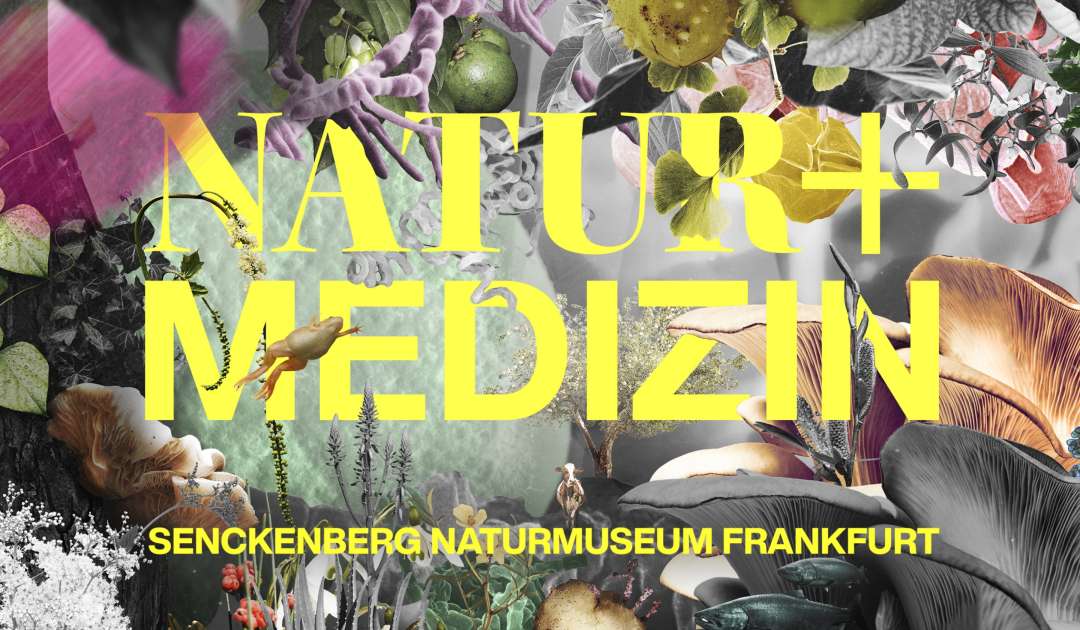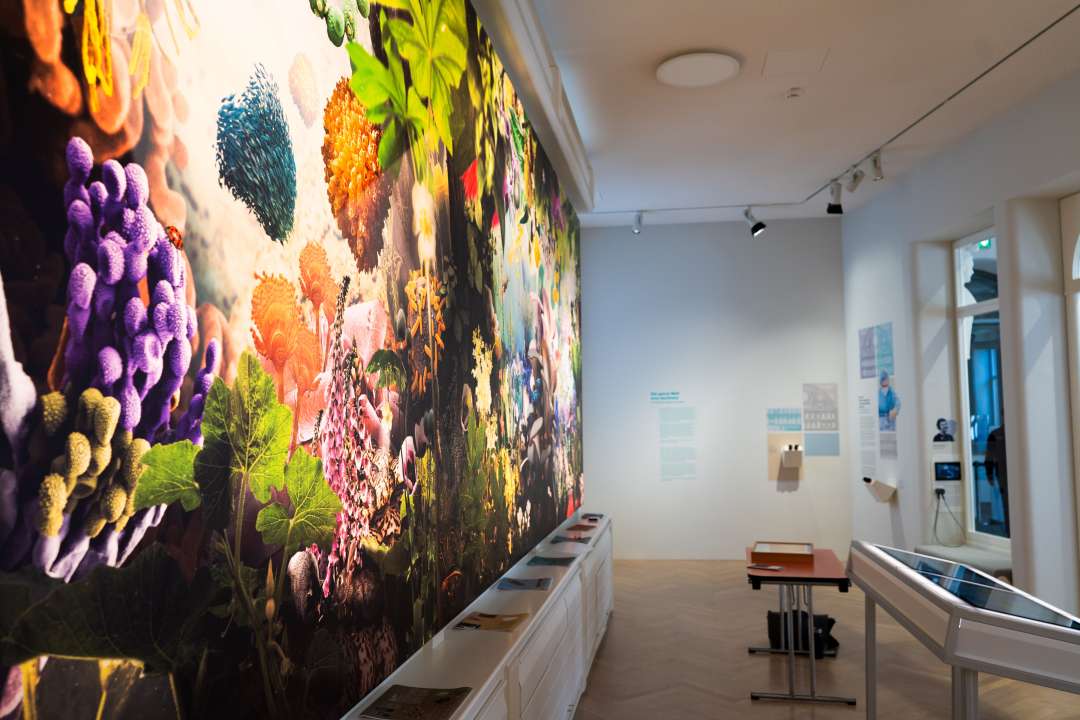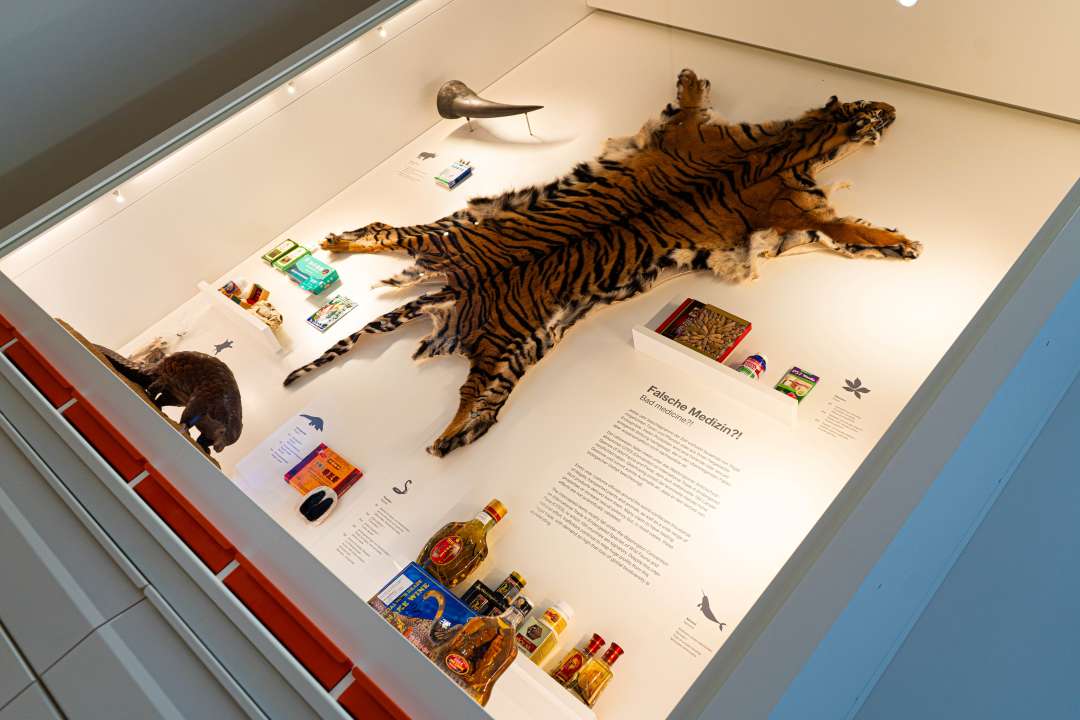Permanent exhibition
Nature + Medicine
from 18.04.2024
Which natural substances have medicinal properties?

Which natural substances have medicinal properties?
What do animals find in their environment to heal themselves? A new permanent exhibition on the museum’s 2nd floor provides fascinating insights into topics relating to human health and our relationship with nature. A large, illuminated picture behind the façade of an historic pharmacy shows over 100 organisms that are pharmaceutically important – and a media table offers visitors detailed information about their medical benefits. Global connections between health, biodiversity, and the anthroposphere arealso examined, since human health is directly linked to our planet’s wellbeing. Extraordinary insights into the history of medicine round off the exhibition, which was created with the generous support of the Else Kröner-Fresenius Foundation.
Admission:
12 euros, children and young people 6-17 years: 6 euros, further prices and online tickets can be found here.
Opening hours:
Daily from 9 am to 5 pm, Wednesday until 8 pm, Saturday, Sunday and public holidays until 6 pm. The museum is closed on Good Friday, December 24, December 31 and January 1.

An extraordinary “jungle” shines through the doorway of the historic Hirsch pharmacy in the center of the exhibition on a seven-meter-wide, ceiling-high picture: a swarm of fish hovers above the pink flowers of a foxglove, right next to an oversized coliform bacterium and a tiny horse stands on the gigantic oyster mushroom. All of these and the numerous other organisms on display have one thing in common – they are used as medicinal substances in pharmacy and medicine. Visitors can find out exactly which active ingredients are hidden in the individual organisms and how they are used in medicines at a media terminal.

The façade that divides the exhibition space is historical and is modeled on Frankfurt’s Hirsch Pharmacy, one of the oldest pharmacies in the Main metropolis. It is the nucleus of the Fresenius Group and the charitable Else Kröner-Fresenius Foundation, which is a major sponsor of the exhibition project.

The “False Medicine” exhibition area is all about endangered animals. The exhibits on display there, such as tiger skin and narwhal tooth, are examples of organisms that supposedly contain active substances and are therefore hunted or killed.
